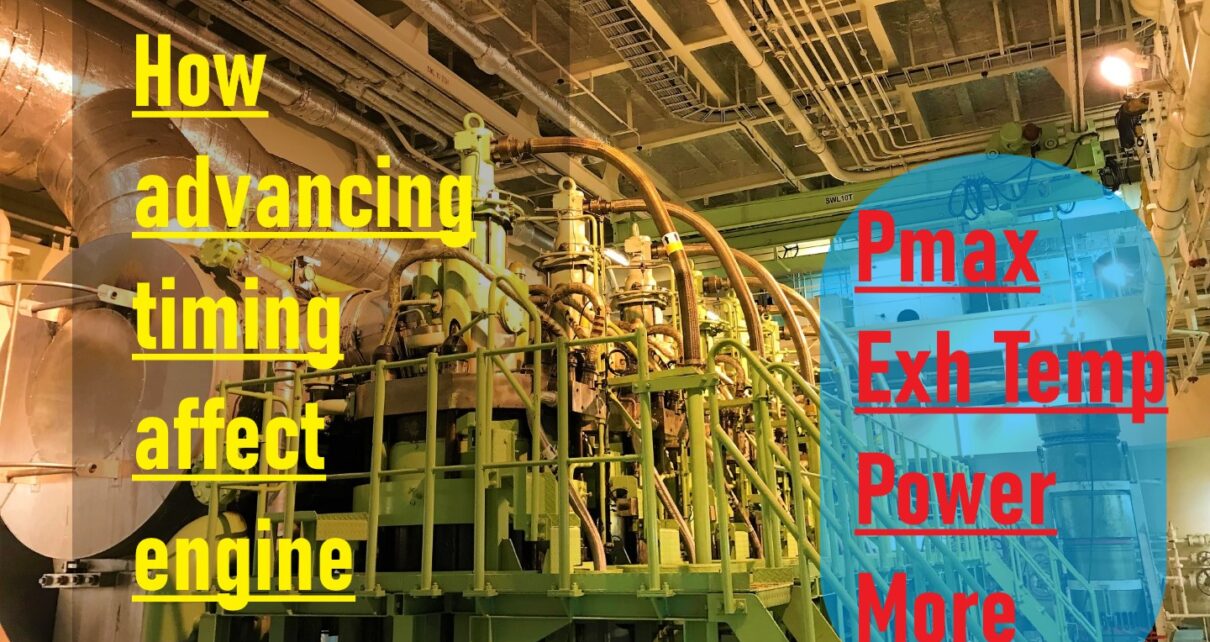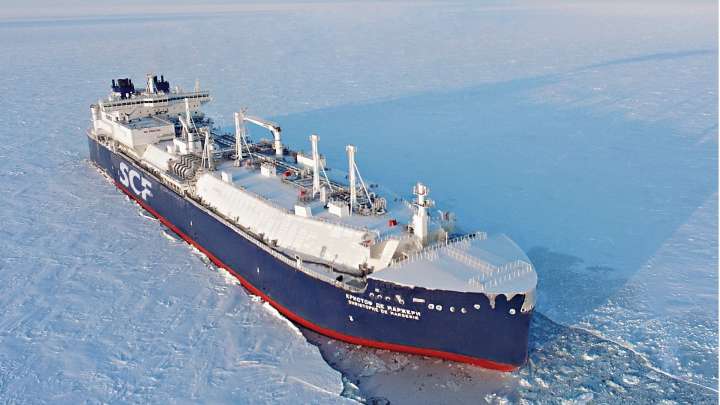How Advancing Timing Affects Pmax, Power and Exhaust Temperature in 2 Stroke Marine Diesel Engines. If you are a marine engineer or a ship owner, you might be interested in knowing how advancing the timing of your 2 stroke diesel engine can affect its performance and efficiency. Timing is one of the most important factors that determines how well an engine burns fuel and converts it into mechanical power. In this blog post, we will explain what timing is, how it can be advanced, and what are the effects of advancing timing on pmax, power and exhaust temperature.
How Advancing Timing Affects Pmax, Power and Exhaust Temperature
Timing is the moment when fuel injection starts in relation to the piston position and crank angle. It is usually expressed in degrees before top dead center (BTDC), which means how many degrees the crankshaft has to rotate before the piston reaches the highest point in its stroke. The ideal timing for an engine depends on many factors, such as engine speed, load, fuel quality, compression ratio, cylinder pressure, etc. Generally speaking, the higher the engine speed and load, the earlier the timing should be.
Advancing timing means increasing the BTDC angle, which means starting fuel injection earlier than normal. This can be done by adjusting the fuel pump or using an electronic control unit (ECU) that can vary the timing according to different operating conditions. Advancing timing has some advantages and disadvantages that we will discuss below.
One of the main effects of advancing timing is increasing pmax, which is the maximum pressure inside the cylinder during combustion. This happens because advancing timing allows more time for fuel to burn completely and efficiently before the piston reaches top dead center. A higher pmax means a higher mean effective pressure (MEP), which is a measure of how much work is done by the gas on the piston per cycle. A higher MEP means a higher torque and power output from the engine.
Another effect of advancing timing is reducing exhaust temperature, which is the temperature of the gas leaving the cylinder after combustion. This happens because advancing timing reduces the amount of unburned fuel and air that remains in the cylinder after top dead center. A lower exhaust temperature means less heat loss from the engine and less thermal stress on the exhaust valves and turbocharger.
However, advancing timing also has some drawbacks that should be considered before applying it. One of them is increasing peak firing pressure (PFP), which is the maximum pressure inside the cylinder during fuel injection. This happens because advancing timing causes fuel to be injected when the piston is still moving up and compressing the air inside the cylinder. A higher PFP means a higher mechanical stress on the piston, cylinder liner, connecting rod and crankshaft.
Another drawback of advancing timing is increasing NOx emissions, which are nitrogen oxides that form when high temperatures and pressures cause nitrogen and oxygen in the air to react. NOx emissions are harmful to human health and the environment, and they are regulated by international standards such as IMO Tier III. Advancing timing increases NOx emissions because it increases pmax and peak temperature inside the cylinder, which are favorable conditions for NOx formation.
Therefore, advancing timing is a trade-off between increasing power and efficiency on one hand, and increasing mechanical stress and emissions on the other hand. The optimal timing for an engine depends on finding a balance between these factors that suits its design and operating conditions. Advancing timing too much can cause damage to the engine components or violate emission regulations, while advancing timing too little can cause poor combustion and waste fuel.
To conclude, advancing timing is a technique that can improve the performance and efficiency of 2 stroke marine diesel engines by increasing pmax, power and reducing exhaust temperature. However, it also has some negative effects such as increasing PFP, mechanical stress and NOx emissions. Therefore, advancing timing should be done carefully and within safe limits to avoid harming the engine or breaking the law.




Hello. Many thanks for the article. I have a question. It is not completely clear why when we delay injection, our Exh gas temperature starts increasing. Could you please elaborate on this?